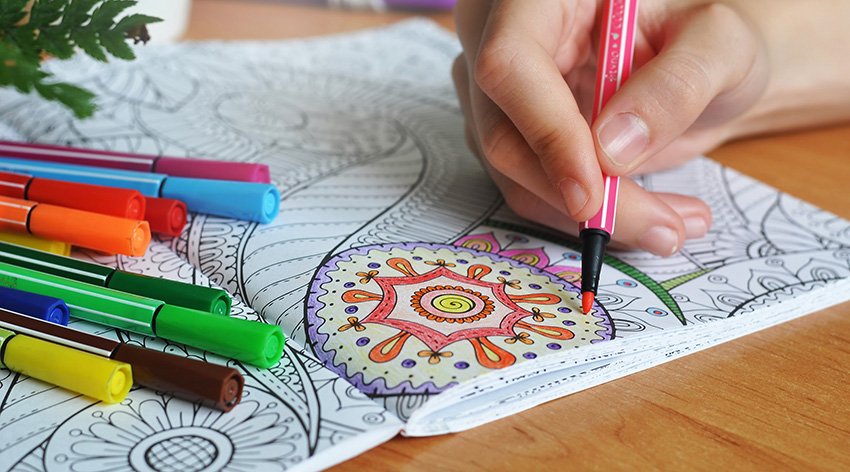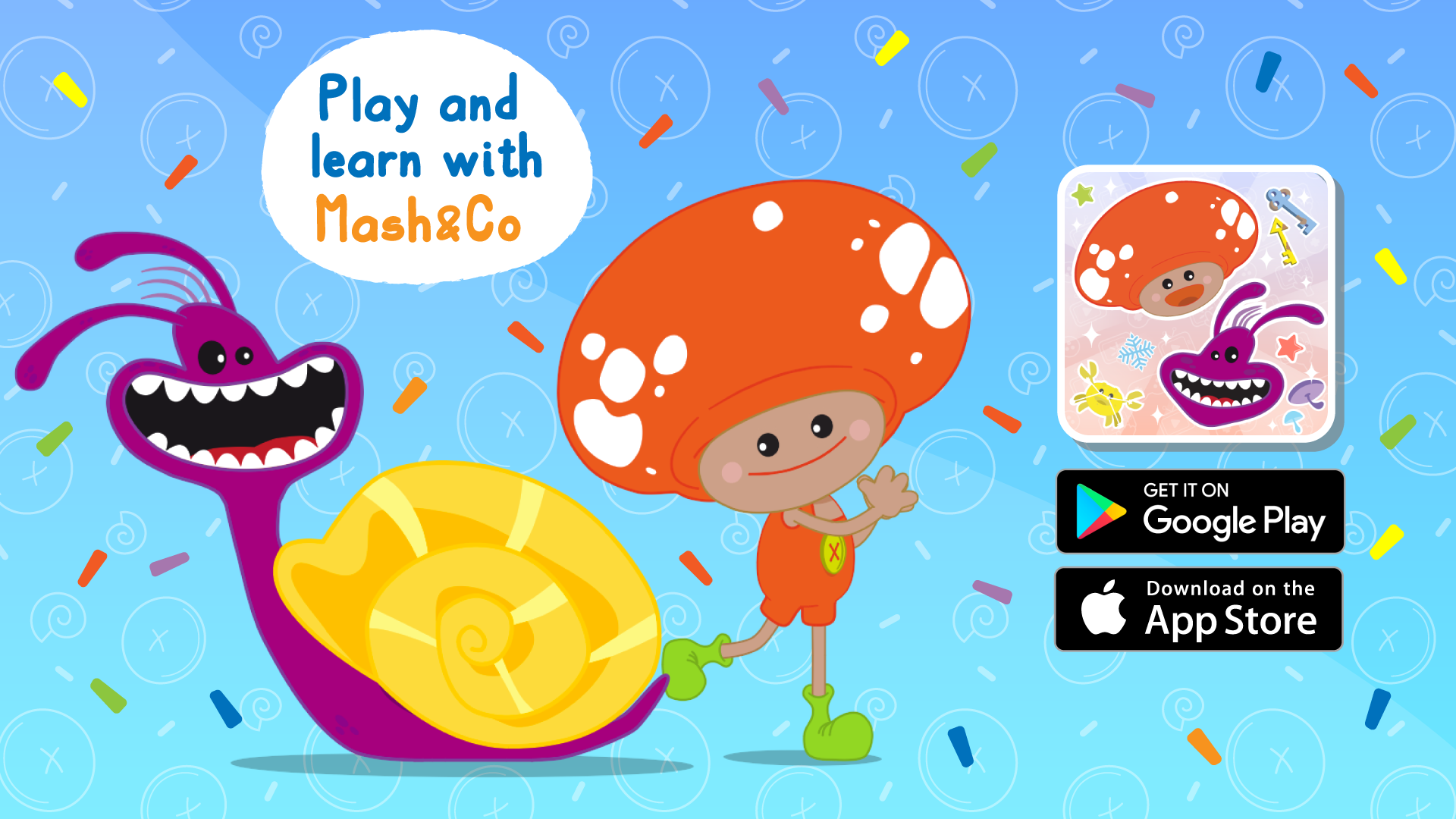Mandala: 5 good reasons to color them
In recent times, coloring books are having a great success. Mandala’s coloring books fill bookcase shelves. They are best-sellers. Why color them makes us feel good?
What is a Mandala?
The Mandala word comes from Sanskrit and means “What holds together“. It is a circle that symbolizes the cosmo and the circle of life. It is formed by a center and drawings that flow into it. In the Orient, it is linked to the art of meditation, in fact, it is used to focus on the “center of life”.
Why color the Mandala?
The coloring is a beneficial activity for children and adults. Filling the white spaces, we detach from our problems. In fact, our breathing becomes deeper and our mind and body relax. The first to use color as a form of therapy was Carl Jung, a 900’s Swiss psychoanalyst. He invited his patients to color the mandala (figures that symbolize balance and perfection) because it calms people’s mind. For some years this practice has become commonplace thanks to mandala designs well-known benefits:
- Focus our attention away from worries and stress: focusing on design negative thoughts do not invade us;
- Develop patience, perseverance, constancy;
- Facilitate imagination, creativity, and problem-solving;
- Canalize emotions: Coloring the mandala our mind becomes lighter and negative emotions turn into positive;
- Finding the awareness of the present moment: Mind focuses on drawing, choosing colors and live “here and now”.
READ ALSO: EDUCATING CHILDREN TO BEAUTY
Color the mandala with your children
Coloring, in particular, mandalas promotes well-being at all ages. For children is an activity that helps develop hand-eye coordination, trains the mind to recognize shapes, develops creativity, stimulates the sense of patience and attention, helps the development of intelligence and reasoning. The benefits of coloring the mandala are many. Why don’t you organize a mandala relax afternoon session with our family? You could print a larger mandala and color them all together. You can use different materials: crayons, markers, wax colors, shades, watercolors. This activity is an occasion to spend time together with our children, to strengthen your bond.
How to color the mandala?

The mandala must be colored without hesitation, with calm and precision. Use your imagination, fill the empty spaces with the colors you like, you can repeat the same colors in the same and symmetrical spaces. Children will learn to respect the spaces and the boundaries. The place where you paint must be silent, orderly and relaxing. You can put your favorite music to relax even more. Each color that you use will have a particular meaning:
Blue is the color of the sky and the water expresses creativity, serenity, spirituality;
Yellow is the color of the sun, it expresses happiness, renewal, and communication;
Red is a symbol of vital energy;
Orange reflects enthusiasm and vivacity;
Green is the color of nature and represents tranquility, calmness, balance, centrality
Pink represents the warmth to love ourselves and others;
Purple represents inner awareness
Black is the color of the west where the sun sets and represents the need for reflection, a “stop” to observe;
READ ALSO: HOW TO USE THE RIGHT COLORS AT HOME
ABOUT THE AUTHOR
Letizia Grasso, Educationalist
“All grown-ups were children, but few of them remember it” This phrase is engraved on my heart. The child who marvels of small things is always with me. I firmly believe that the school should focus on self-construction of knowledge through direct contact with the outside world and, therefore, through the experiences of life. A school open to life and from life itself learns. A school that teaches to observe every little thing, to wonder and to asks questions. A school that forms adults who know how to reflect and put into a relationship the mind and heart.”



